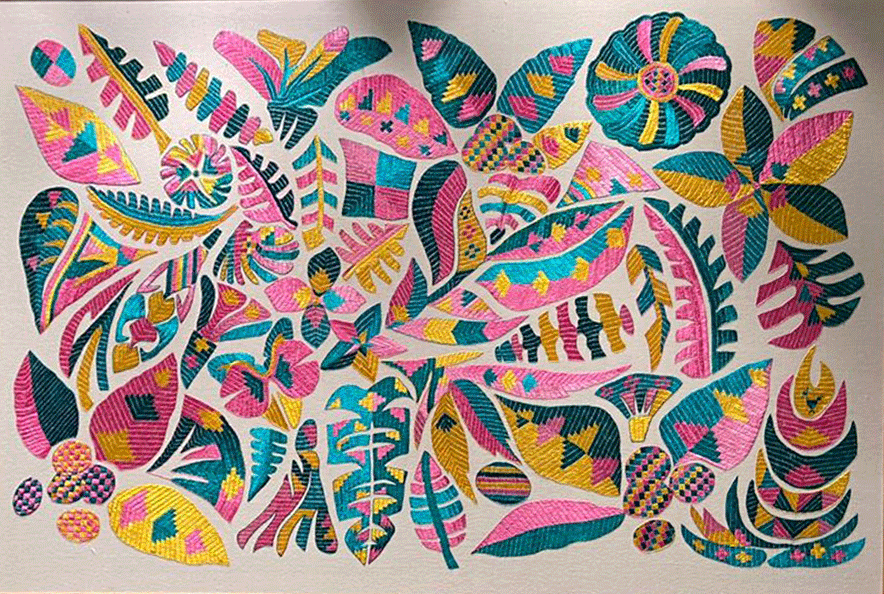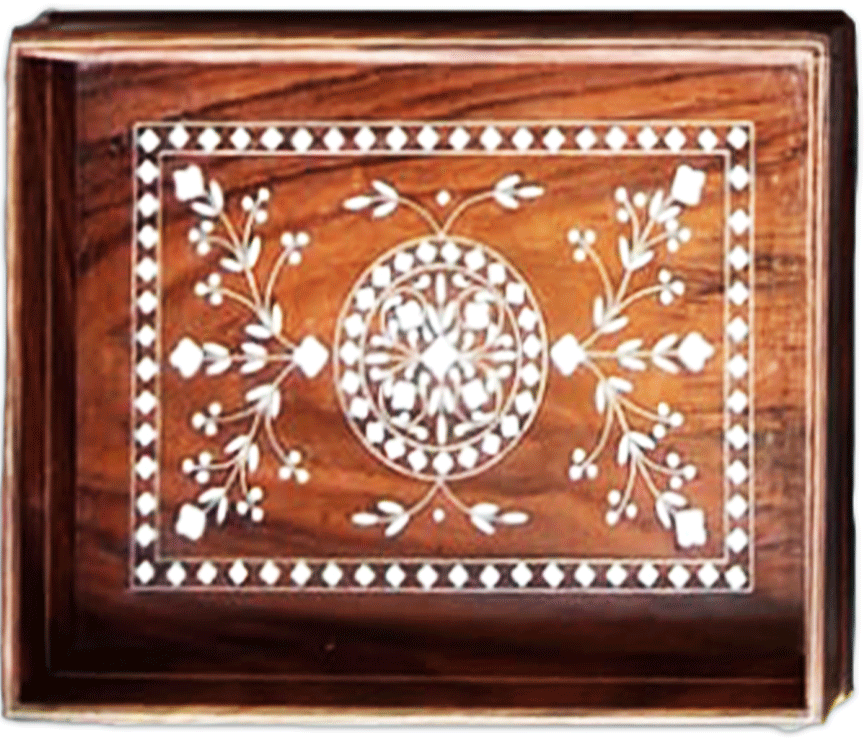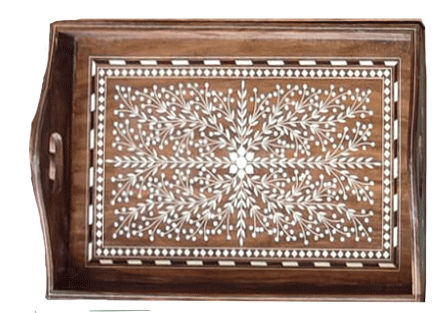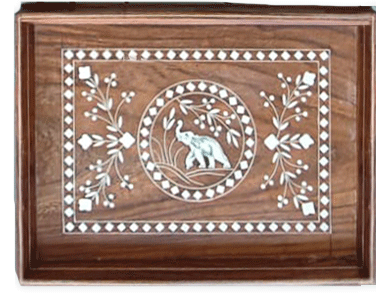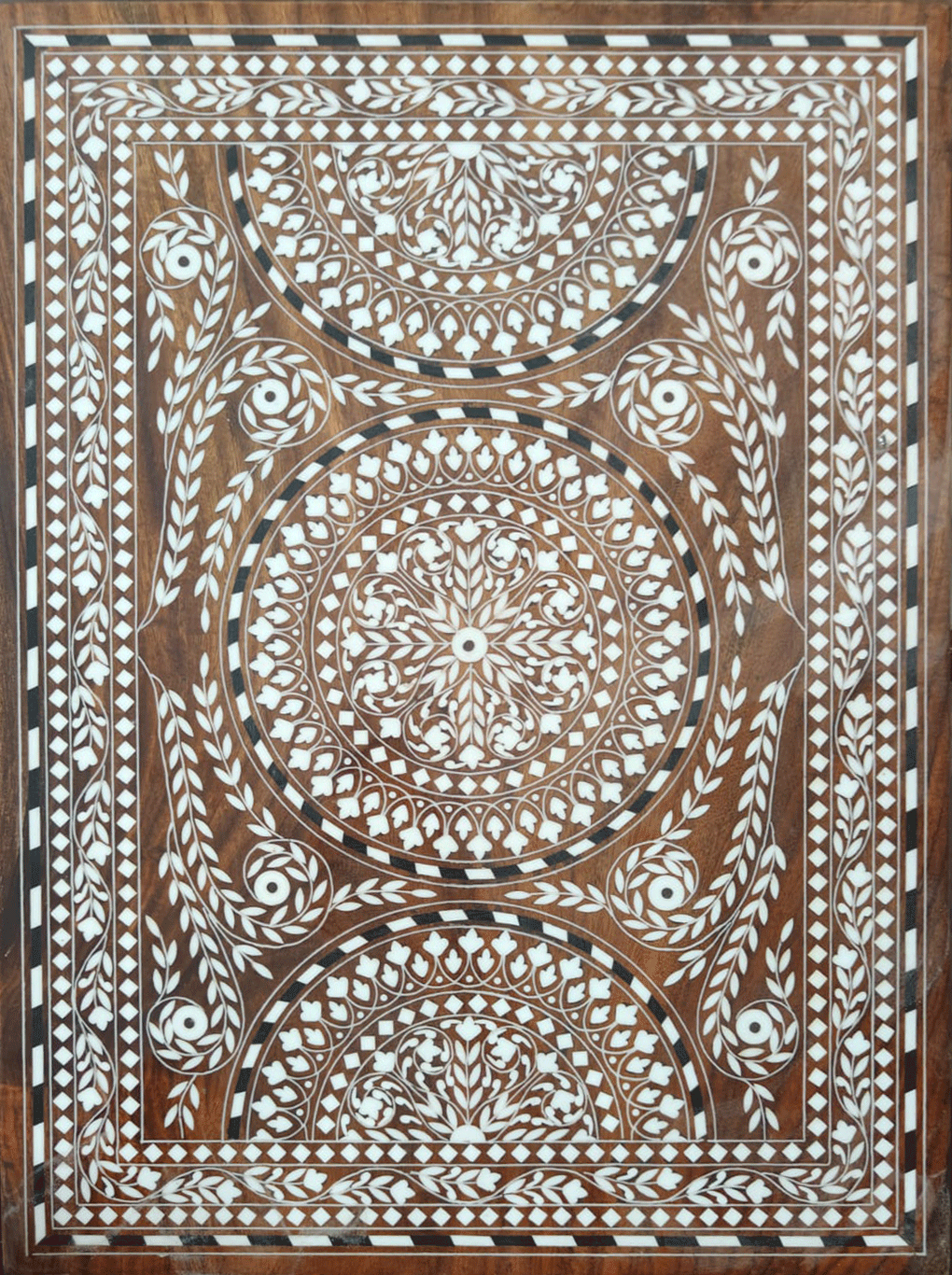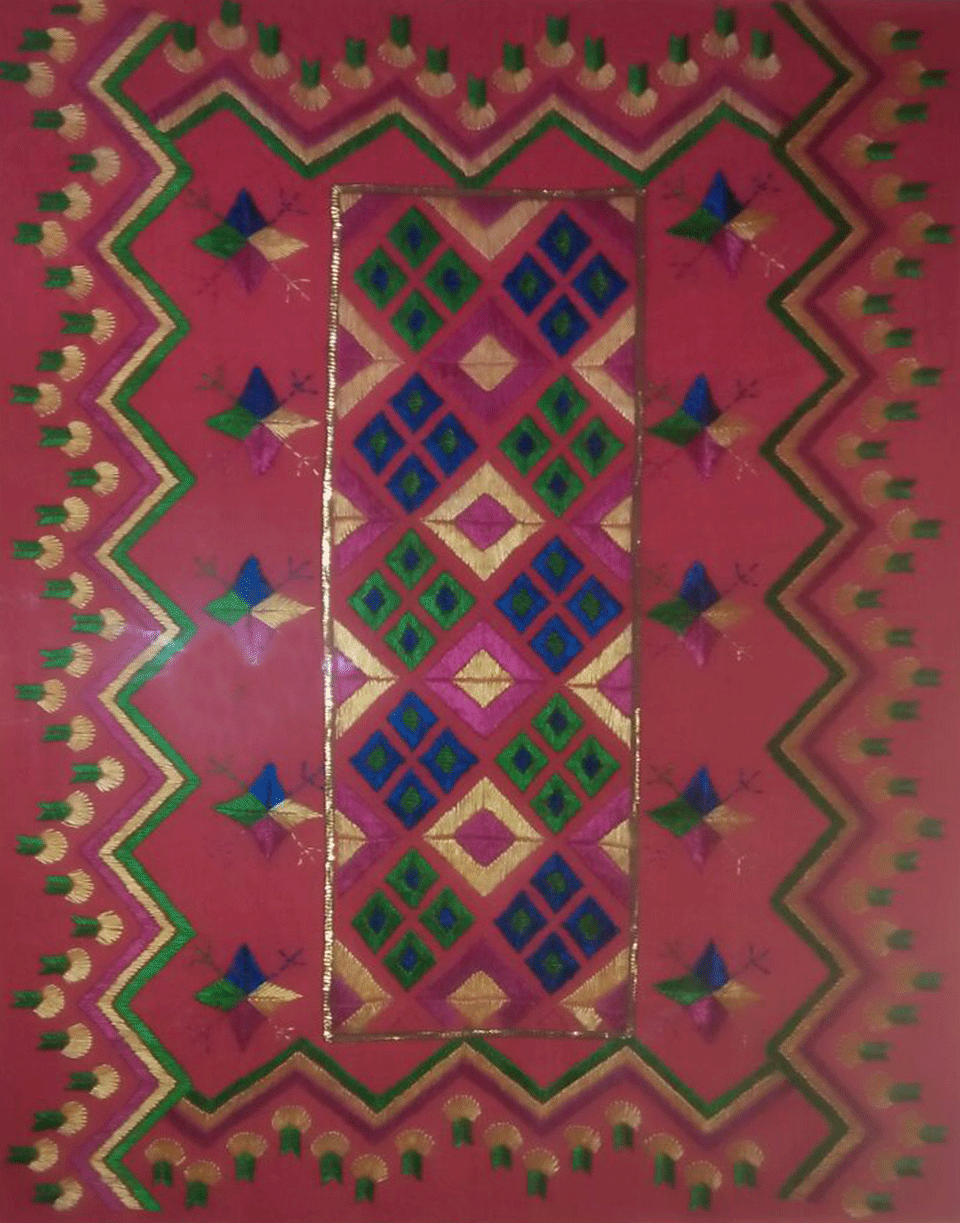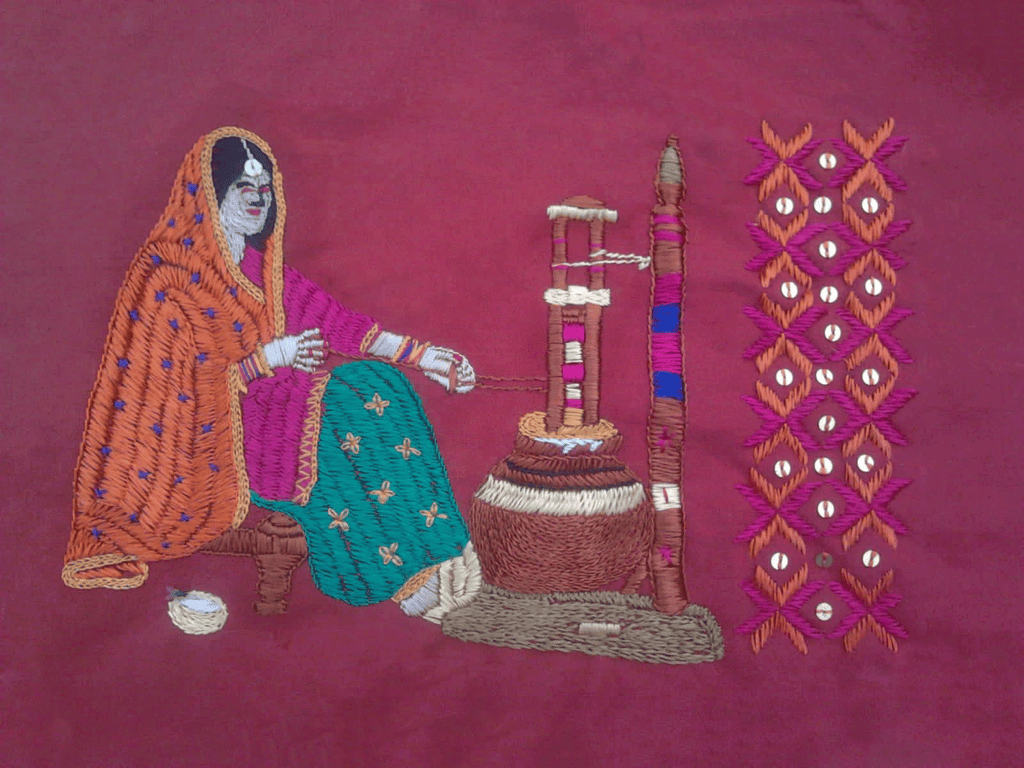About Discover the Soul of Punjab Through Art at MeMeraki
Punjab, a land of vibrant traditions and deep-rooted culture in northwestern India, boasts an artistic heritage as rich and colorful as its fields. At MeMeraki, we are dedicated to bringing the authentic essence of Punjabi art directly to your home, preserving timeless techniques and empowering the skilled artisans who carry them forward. Our collection is a tribute to the resilience, creativity, and spiritual depth found in every handcrafted piece.
The Timeless Allure of Phulkari Embroidery
Phulkari, meaning "flower work," is more than just an embroidery style; it's an integral part of Punjabi culture, steeped in history and tradition. Originating as a domestic craft among rural women in the 15th century, Phulkari embroidery has evolved into a celebrated art form used in ceremonies, daily life, and as precious heirlooms.
The hallmark of authentic Phulkari lies in its use of vibrant colored silk threads on coarse cotton cloth, traditionally khaddar. Designs often feature intricate patterns of flowers, geometric shapes, and motifs inspired by nature, reflecting daily life and symbolic meanings related to prosperity and celebrations.
The Artistry of Harjeet Kaur: A Phulkari Master
Among the revered Phulkari artists we feature, Harjeet Kaur stands out for her masterful interpretation of this traditional Indian embroidery. Her Phulkari tapestries are not merely decorative; they are narratives woven in thread, capturing the essence of Punjabi folk art. From the "Vibrant Tapestry in Phulkari" to the captivating "Colorful birds In Phulkari," each made-to-order piece showcases her dedication to preserving this heritage craft. Harjeet Kaur's work embodies the true spirit of handcrafted art from Punjab.
The Precision of Wood Inlay Art from Punjab
Beyond the vibrant threads of Phulkari, Punjab also excels in the intricate craft of wood inlay. This sophisticated technique involves meticulously cutting and setting various pieces of wood, and sometimes other materials, into a base wood surface to create stunning designs and patterns. Each handcrafted wood tray is a testament to the artisan's patience, precision, and artistic vision.
Satyug Singh: Master of Wood Inlay Trays
Satyug Singh is a celebrated wood inlay artist whose work brings traditional Indian craftsmanship to functional art. His wood inlay trays, often featuring floral or elephant motifs, are perfect examples of luxury home decor that carry a story. Made primarily with durable Sheesham wood, these decorative trays demonstrate the intricate detailing and smooth finish characteristic of Satyug Singh's unique style. When you acquire a made-to-order piece from Satyug Singh, you are investing in a piece of Indian art that combines beauty with utility.
Featured Punjabi Artworks from Our Collection
To give you a glimpse into the diverse beauty of Punjab's arts and paintings, here are some of our currently featured handcrafted artworks:
|
Artwork Title |
Artist |
Type |
Dimensions (in) |
Price (₹) |
Key Motifs |
|
Vibrant Tapestry in Phulkari |
Harjeet Kaur |
Phulkari Tapestry |
36 x 72 |
180,000 |
Abstract Floral, Geometric |
|
Colorful birds In Phulkari |
Harjeet Kaur |
Phulkari Tapestry |
48 x 72 |
230,000 |
Birds, Nature |
|
Floral Handcrafted Tray in Wood Inlay |
Satyug Singh |
Wood Inlay Tray |
14 x 22 |
7,000 |
Floral Patterns |
|
Elephant Handcrafted Tray in Wood Inlay |
Satyug Singh |
Wood Inlay Tray |
14 x 22 |
7,000 |
Elephant, Geometric |
|
Woman Churning Milk in Phulkari |
Harjeet Kaur |
Phulkari Tapestry |
18 x 20 |
10,000 |
Human Figure, Daily Life |
Frequently Asked Questions About Art Forms Of Punjab
Q: What are the most prominent art forms from Punjab?
Punjab is renowned for several distinctive art forms and craftsmanship. The most prominent include Phulkari embroidery, known for its vibrant threads and intricate patterns, and wood inlay art, celebrated for its precise joinery and decorative designs. Other traditional crafts include lacquered wood items, durries (cotton rugs), and Punjabi juttis (embroidered footwear).
Q: What is the cultural significance of art in Punjab?
Punjabi art is deeply intertwined with the region's culture, daily life, and celebrations. Art forms like Phulkari are often created for significant life events such as weddings, symbolizing prosperity and blessings. These handcrafted pieces reflect the artistic expression, skill, and identity of Punjabi women and artisans, preserving centuries-old traditions.
Q: How does MeMeraki ensure the authenticity of its Punjabi artworks?
At MeMeraki, authenticity is paramount. We establish direct partnerships with master artisans and local communities in Punjab, ensuring that every Phulkari tapestry, wood inlay tray, or other Punjabi handicraft on our platform is genuine. This direct collaboration guarantees adherence to traditional techniques and cultural significance, supporting fair trade and sustainable practices.
Q: Are these artworks handmade?
Yes, the majority of the artworks in our MeMeraki Punjabi Art collection are handmade. This includes the intricate Phulkari embroidery where each stitch is placed by hand, and the detailed wood inlay where pieces are meticulously cut and fitted by skilled artisans like Harjeet Kaur and Satyug Singh. Our made-to-order pieces particularly emphasize this bespoke, handcrafted approach.
Q: What does "Phulkari" mean, and what are its main characteristics?
"Phulkari" literally translates to "flower work." This traditional embroidery style of Punjab is characterized by its use of vibrant colored silk threads (traditionally pat silk) on a coarse cotton base fabric, usually khaddar. The designs often feature intricate floral patterns, geometric shapes, and motifs inspired by nature, created primarily using the darning stitch from the reverse side of the fabric.
Q: What is the difference between Phulkari and Bagh?
A: While often used interchangeably, Phulkari generally refers to embroidery where the patterns are more spread out, allowing portions of the base fabric to remain visible. Bagh (meaning "garden"), on the other hand, is a more elaborate form of Phulkari where the entire fabric surface is densely covered with embroidery, leaving no base fabric visible, creating a lush, garden-like effect.
Q: What kinds of products can Phulkari embroidery be found on?
A: Traditionally, Phulkari was used for dupattas (scarves), shawls, and garments worn during celebrations. Today, its versatility allows it to adorn a wide range of home decor items. At MeMeraki, you'll find Phulkari tapestries, Phulkari wall hangings, cushion covers, and apparel, all showcasing this beautiful Punjabi textile art.
Q: Who is Harjeet Kaur, and what is her contribution to Phulkari?
A: Harjeet Kaur is a celebrated Phulkari artist featured in our MeMeraki collection. She is recognized for her mastery of traditional Phulkari techniques and her ability to create large, intricate Phulkari tapestries that tell stories and capture the vibrant spirit of Punjab. Her work, such as "Vibrant Tapestry in Phulkari" and "Woman Churning Milk in Phulkari," exemplifies the pinnacle of contemporary Phulkari art.
Q: What is wood inlay art ?
A: Wood inlay art is a decorative technique where contrasting pieces of wood, or sometimes other materials like bone or metal, are cut and fitted into a prepared surface of a base wood. This creates a seamless and intricate pattern or design, adding significant aesthetic value and texture. It's a highly skilled form of handcrafted art.
Q: What kind of wood is typically used for wood inlay in Punjab?
In Punjab, Sheesham wood (Indian Rosewood) is a popular choice for wood inlay art due to its durability, rich grain, and suitability for intricate carving. Different colors and types of wood are often combined to create striking contrasts in the inlay designs.
Q: What types of products feature wood inlay by Satyug Singh?
Satyug Singh is a renowned wood inlay artist whose craftsmanship is showcased in various functional and decorative pieces. Our collection prominently features his handcrafted wood trays, including "Floral Handcrafted Tray in Wood Inlay" and "Elephant Handcrafted Tray in Wood Inlay." These decorative trays serve as beautiful additions to any home decor while highlighting the exquisite detail of Indian wood art.
Q: How do I care for my wood inlay art pieces?
To maintain the beauty of your wood inlay art, dust regularly with a soft, dry cloth. Avoid harsh chemicals or abrasive cleaners. For a deeper clean, a slightly damp cloth can be used, ensuring it's immediately dried. Keep the pieces away from direct sunlight and extreme humidity fluctuations to prevent warping or cracking and preserve the integrity of the handcrafted wood.
Show Less
Punjab, a land of vibrant traditions and deep-rooted culture in northwestern India, boasts an artistic heritage as rich and colorful as its fields. At MeMeraki, we are dedicated to bringing... Read More


